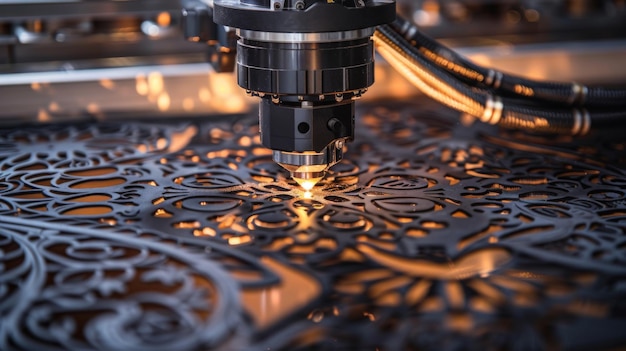In the realm of electronics manufacturing, through hole assembly continues to play a vital role. As the industry evolves, it remains an essential technique due to its resilience and precision. Understanding its significance in modern electronics is crucial. Whether you are part of the supply chain or interested in the manufacturing process, knowing the ins and outs of through hole assembly can offer a competitive edge.

Understanding Through Hole Assembly
The process of through hole assembly involves inserting electronic components with leads through pre-drilled holes on a printed circuit board (PCB) and soldering them onto the opposite side. This method provides strong mechanical bonds, making it suitable for components subjected to high stress, temperature fluctuations, or vibration.
The Historical Significance of Through Hole Assembly
Through hole assembly has been a cornerstone in PCB manufacturing since the mid-20th century. Its reliability and durability have maintained its relevance, even with the advent of surface-mount technology (SMT). For exporters and importers in the electronics sector, mastery over this technique represents an understanding of time-tested practices that continue to underpin modern advancements.
Comparing Through Hole to Surface-Mount Technology
While SMT allows for miniaturization and faster assembly, through hole assembly is favored for its ability to handle larger and heavier components. These two methods complement each other, each with unique benefits, depending on the specific requirements of the electronic device being manufactured.
Advantages of Through Hole Over SMT
Despite the advantages of SMT, through hole assembly provides better mechanical bonding strength, making it ideal for connectors, semiconductors, and components needing frequent handling or replacement. This ensures longer-lasting performance in high-stress applications, a critical factor for exporters and importers evaluating product longevity and durability.
The Process of Through Hole Assembly
The through hole assembly process involves several steps: component placement, soldering (often wave soldering is used), and quality inspection. Each step is crucial to ensure the reliability and functionality of the final product. Understanding these steps helps stakeholders appreciate the intricacy of electronics manufacturing.
Component Placement
Components are manually or automatically placed onto the PCB, ensuring that leads are correctly aligned with the corresponding holes.
Soldering Techniques
Wave soldering is commonly employed in through hole assembly. The board passes over a wave of solder, ensuring all contact points are adequately bonded. This technique is efficient for large-scale production while maintaining quality standards.
Inspection and Quality Control
The final step involves inspecting the assembled PCB to check for defects, such as improper solder joints, component misalignment, or other critical issues that could affect performance.
Choosing the Right Materials for Through Hole Assembly
Material selection is paramount in through hole assembly. From the PCB substrate to soldering materials, each ingredient impacts the assembly’s performance and longevity. High-quality materials ensure reliability, an essential aspect for companies involved in export and import.
Environmental Considerations in Through Hole Assembly
Environmental factors are crucial, as sustainability in electronics manufacturing becomes a global priority. Implementing greener practices in through hole assembly can align with the industry’s shift toward eco-friendly production.
For insights into green practices in electronics, delve into building a greener future.
Through Hole Assembly in Modern Innovations
This traditional method supports innovation by providing durable and stable connections in complex electronic systems. As advancements continue, the ability to integrate through hole assembly with new technologies will determine future successes.
Opportunities in Custom Electronics
With the trend toward customization, understanding the role of through hole assembly in manufacturing can drive innovation across various sectors. Discover how custom electronics are reshaping industries.
The Future of Through Hole Assembly
Although emerging technologies challenge traditional methods, through hole assembly remains relevant. Its future lies in hybrid integration with SMT, increasing functionality and reliability while accommodating new, innovative designs.
Conclusion: The Perpetual Relevance of Through Hole Assembly
Even as electronics manufacturing evolves, the principles of through hole assembly persist. For exporters and importers, understanding this method offers insights into durable and reliable production techniques catering to the industry’s evolving needs.

FAQ
Q1: What is the main advantage of through hole assembly?
A1: Its primary advantage is the strong mechanical bond it creates, which is vital for components enduring physical stress.
Q2: Can through hole assembly work with modern technology?
A2: Yes, it complements modern technologies by providing strength and durability, often used alongside SMT for hybrid applications.
Q3: Is through hole assembly an eco-friendly process?
A3: It can be made more eco-friendly by choosing sustainable materials and employing green manufacturing practices. More on these practices can be learned from resources like this guide to electronics prototyping.


